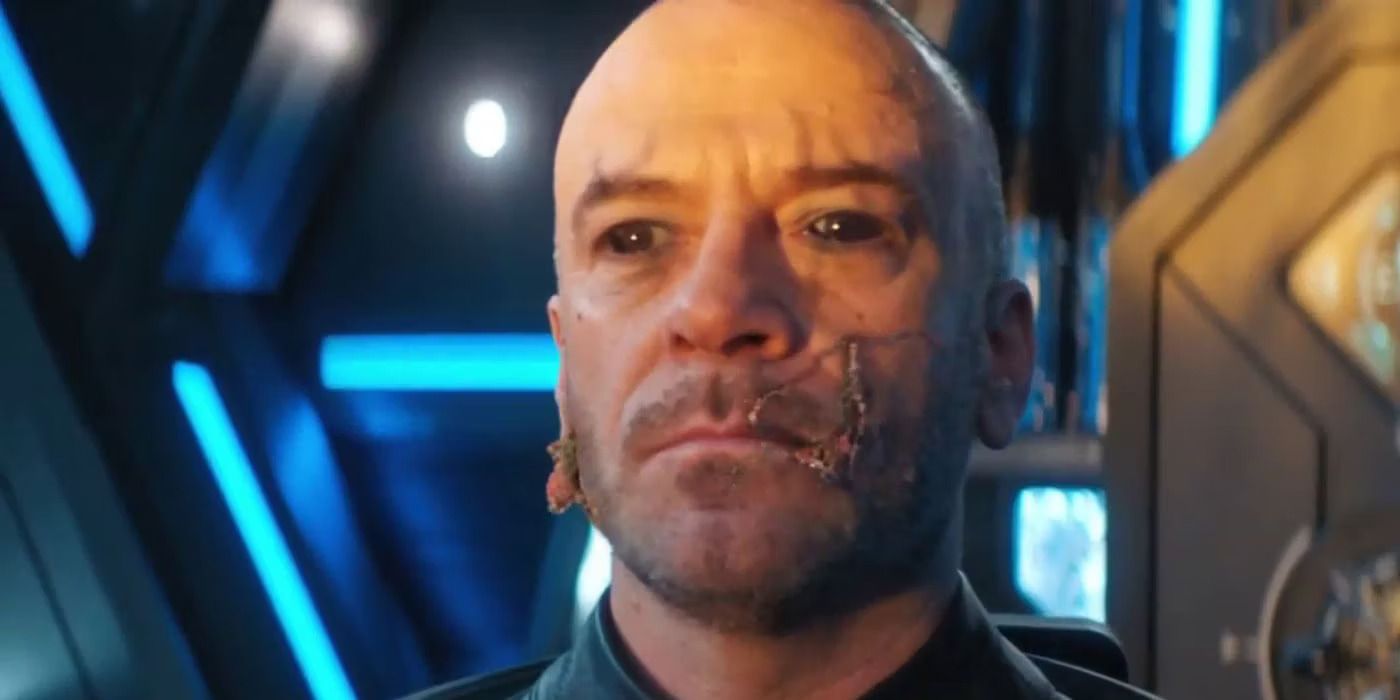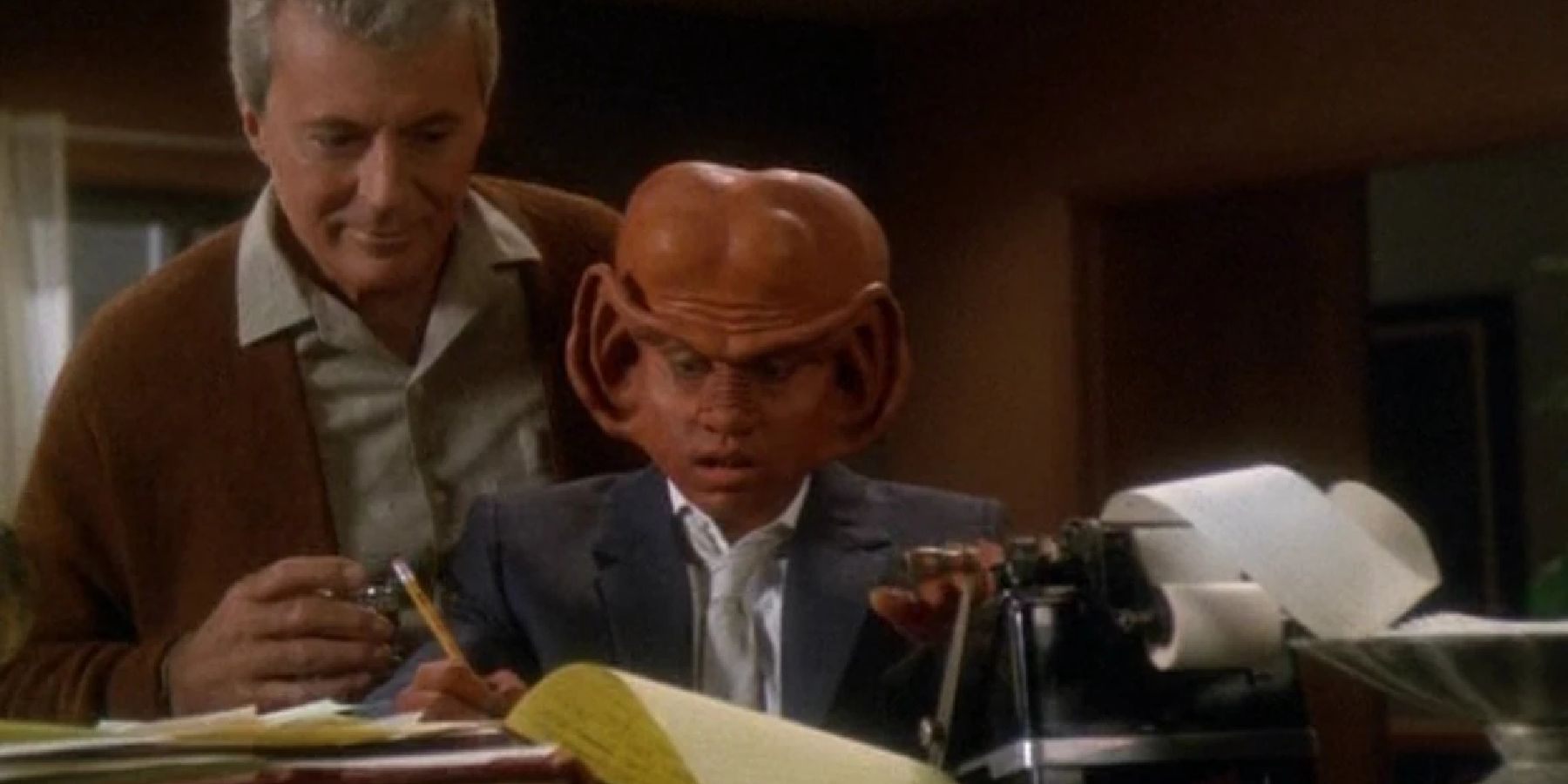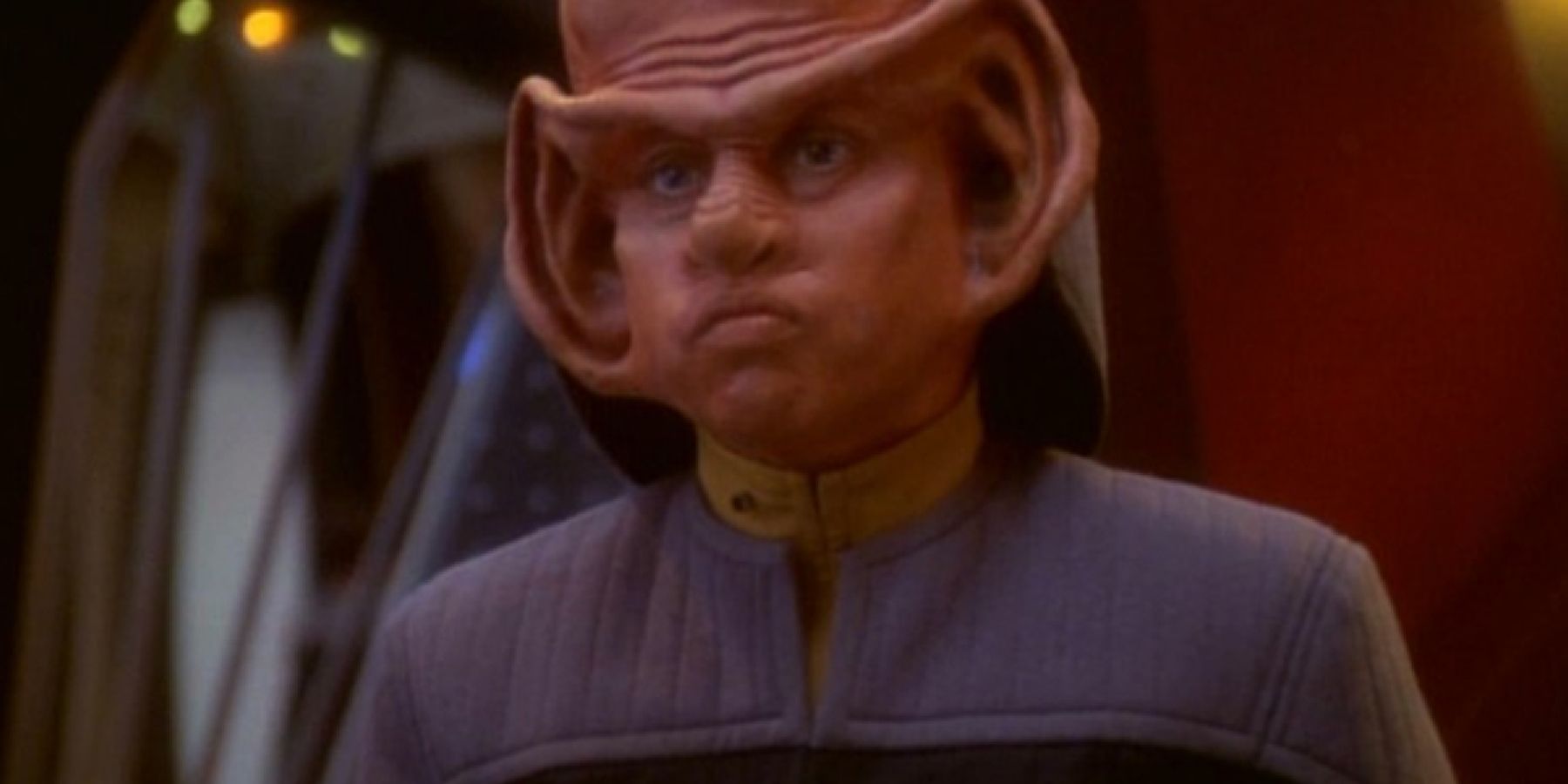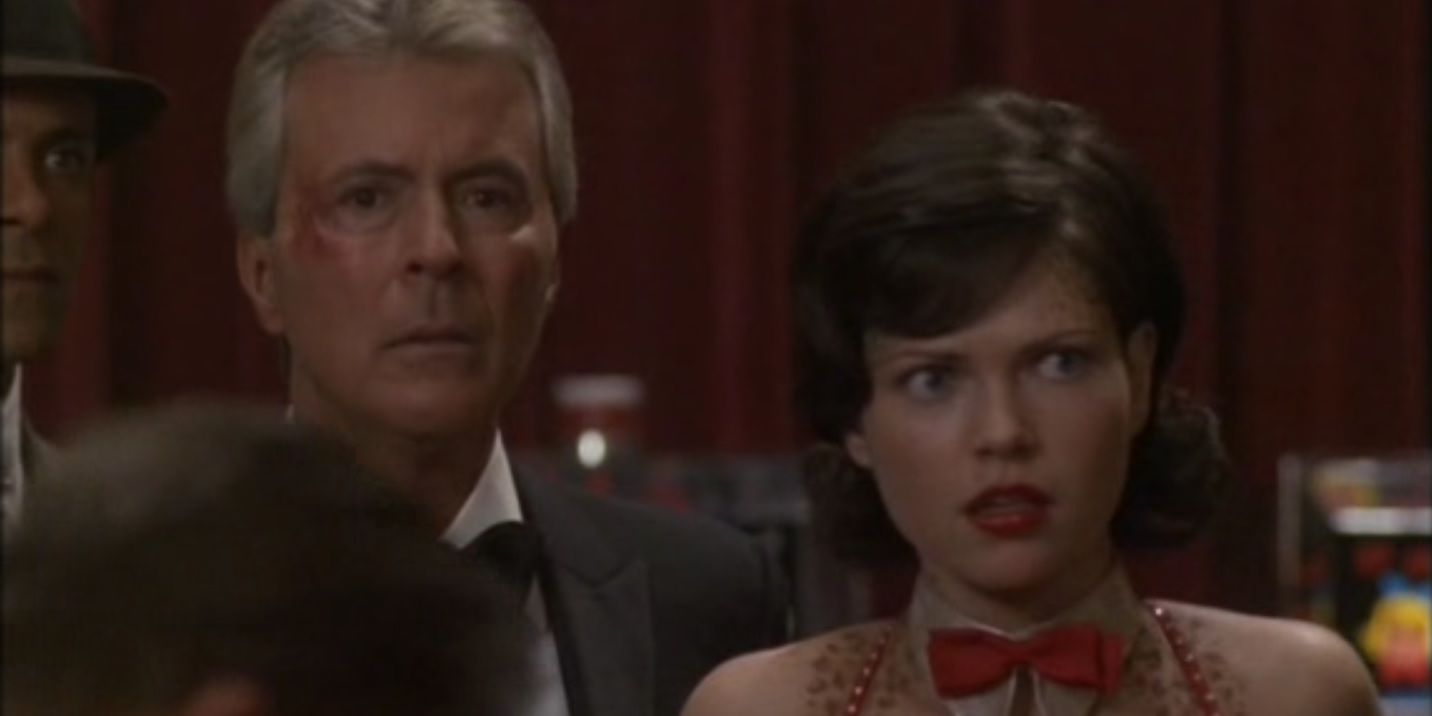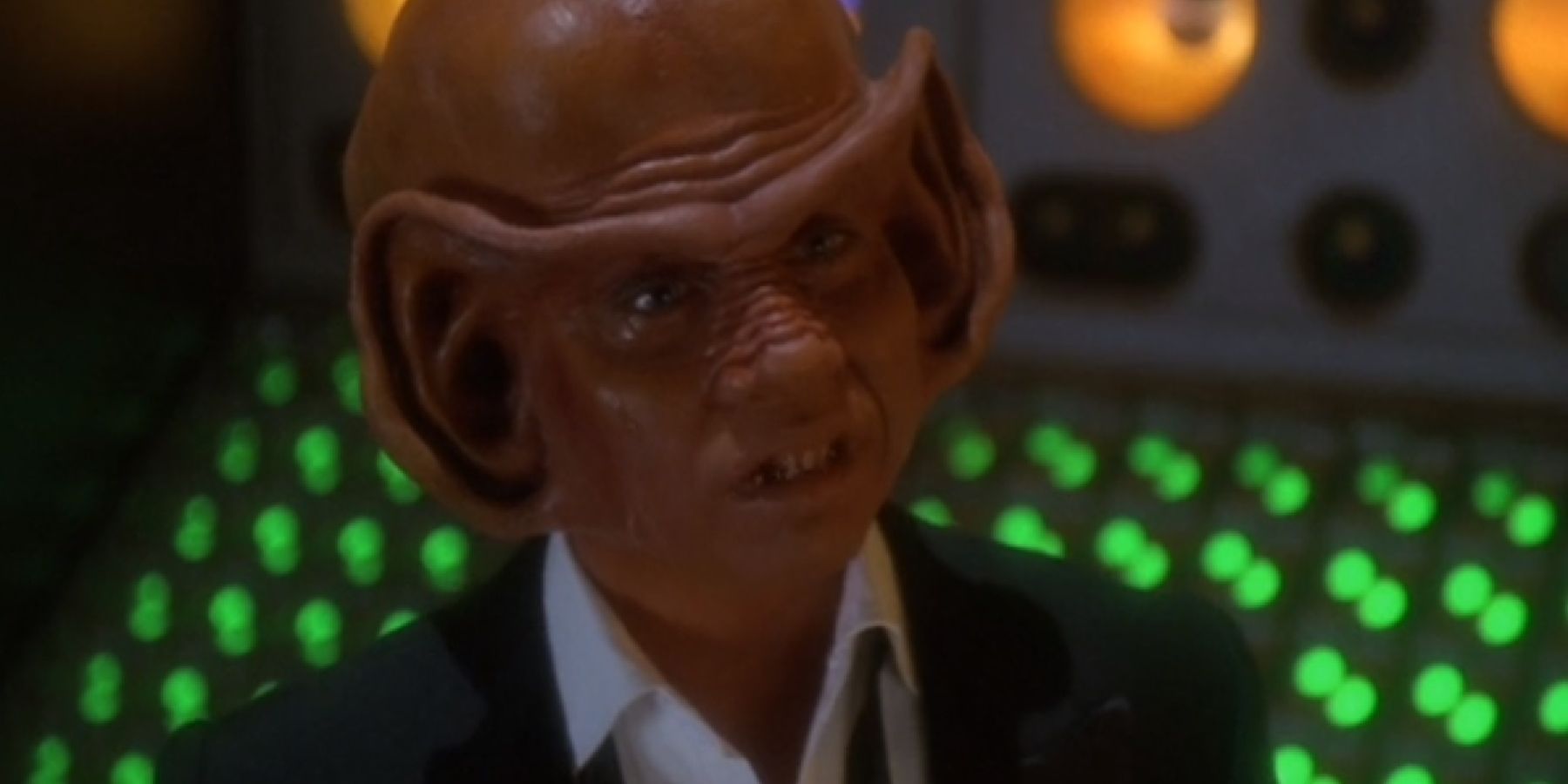Quick Links
Star Trek: Deep Space Nine was always known as the darker version of Star Trek when compared to the other projects released at the time. "It's Only a Paper Moon" was the show's 160th episode, and dealt with themes that few shows at the time handled. While war has always been a part of the Star Trek franchise, no other series has dealt with it to the same extent that Deep Space Nine did, showing the ramifications of certain actions and the mental toll that battle can take on a person.
War is not an easy thing for many people to conceptualize. They mostly know what they see in cinema and, on rare occasions, what friends and family with firsthand experience tell them. Nog (Aron Eisenberg) had no idea that when he became the first Ferengi to join Starfleet, he would see battle so early in his career. War is traumatic, and when one loses a limb, it's even worse. Luckily, Star Trek exists in a time when it's not difficult to replace missing appendages. The mental component of battle, on the other hand, isn't as easy to cure. And that's where Vic Fontaine came in.
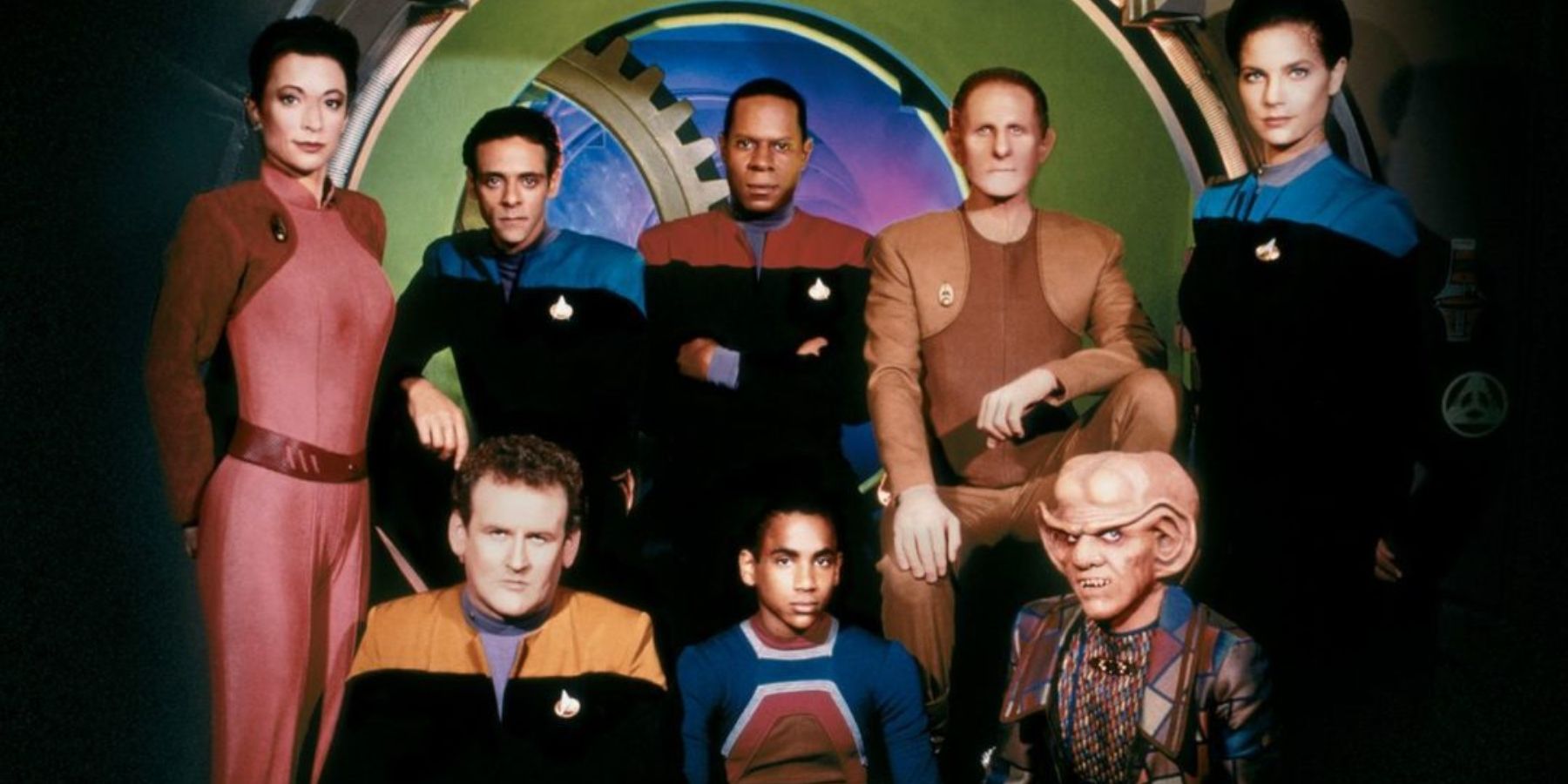
Star Trek: Deep Space Nine's Ending, Explained
No Star Trek Finale has been as fulfilling and complete as Deep Space Nine's.
What is 'It's Only A Paper Moon' about?
"It's Only a Paper Moon" | |
|---|---|
Director | Anson Williams |
Cast |
|
Writers |
|
Season and Episode | Season 7, Episode 10 |
Original Air Date | December 30, 1998 |
After Nog lost his leg in battle in "The Siege of AR-558" (season 7, episode 8), he didn't know how to cope with the trauma. Not only was there the physical loss of his leg, but he also experienced phantom pains that nobody believed were happening. He had a difficult time readjusting to life on Deep Space Nine as he relived that battle over and over again. The only thing that helped him relax was Vic Fontaine's song, "It's Only a Paper Moon," which drove his best friend Jake (Cirroc Lofton) mad. Nog was able to relax with the song because Starfleet soldiers listened to it during the Siege, to boost morale. After the Jem'Hadar incapacitated Nog, he could only lie on a gurney and listen. To accommodate his friend, Nog made his way to the holosuite where he could be left alone, and asked Vic Fontaine in person to sing the song.
Most science fiction stories would end a character's rehabilitation there. Not Deep Space Nine. This revolutionized take on Star Trek chose to dive into the psyche of a wounded war veteran and show the effects of post-traumatic stress disorder. After listening to Vic sing several variations of "It's Only a Paper Moon," the hologram and Nog get the idea to let Nog live in the holosuite as a form of rehabilitation.
In the real world, Nog was a shadow of his former self. In the holosuite, he was a productive member of Vic's casino, going as far as to use his aptitude as a Ferengi to help Vic expand and balance his account books. He had to convince Captain Sisko (Avery Brooks) that it was genuine therapy, which was no easy task. However, he eventually succeeded with Ezri Dax (Nicole de Boer) in his corner.
Who is Vic Fontaine?
Executive producer Ira Steven Behr had long wanted a new recurring character on the series who could dish out romantic advice to the characters, allowing the show to further develop its cast. Behr always intended the character to be the lounge singer of a 1960s-era Las Vegas Casino, and envisioned Frank Sinatra Jr. in the role. Unfortunately, Sinatra turned it down, as he wanted to be an alien and not a singer. Behr moved on to his second choice, who ended up turning down the role as well. This postponed his plans for the character of Vic Fontaine until the sixth season, when he met with James Darren, who fit the role perfectly. Now, nobody can imagine anyone else in the role.
Much like Robert Ricardo's Doctor from Star Trek: Voyager, Fontaine was a self-aware hologram who dished out sage advice between sets. He first assisted Odo (Rene Auberjonois) with his romantic pursuit of Colonel Kira Nerys (Nana Visitor). When the other characters saw how wise the singing hologram was, they all went to him when nobody else could help. Despite being a hologram, Fontaine grew attached to the other characters and they to him. However, when it came to Nog, Fontaine realized he had to make some tough choices to genuinely help the Ferengi officer get back on his feet.
How does 'It's Only A Paper Moon' end?
Nog's creative therapy, which helped him heal the wounded part of his mind and re-acclimate to life, never seemed to come to an end. He spent months in the program, which both he and Fontaine grew accustomed to. For the first time in his existence, Fontaine was living a full life, since Nog never turned off the program. Fontaine was sleeping, eating, and actually running his business. Even Nog nearly forgot why he was there originally, and pushed his closest friends and family away. Dax had to remind Vic of the nature of Nog's stay in the holosuite, which wasn't easy for him to remember.
Vic eventually confronted Nog about leaving. When it became clear that Nog intended to stay in the holosuite indefinitely, he made the hard choice of turning off his program himself, forcing Nog to leave. Nog experiences a brief period of distraught, but he eventually gets back into the swing of things on the space station and in Starfleet. He starts wearing his uniform again and reconnects with his friends and family.
Deep Space Nine blazed a lot of new trails for the franchise, and dealing with mental health is just one of those. Not many shows in the 1990s dealt with something as personal as PTSD, but when they did, they showed a character settling for a quiet life of mediocrity. Deep Space Nine chose to shine a different light on the matter, where somebody with PTSD can live a fulfilling and successful life. Nog went on to excel at his work and become Starfleet's first Ferengi Captain, overcoming his demons.
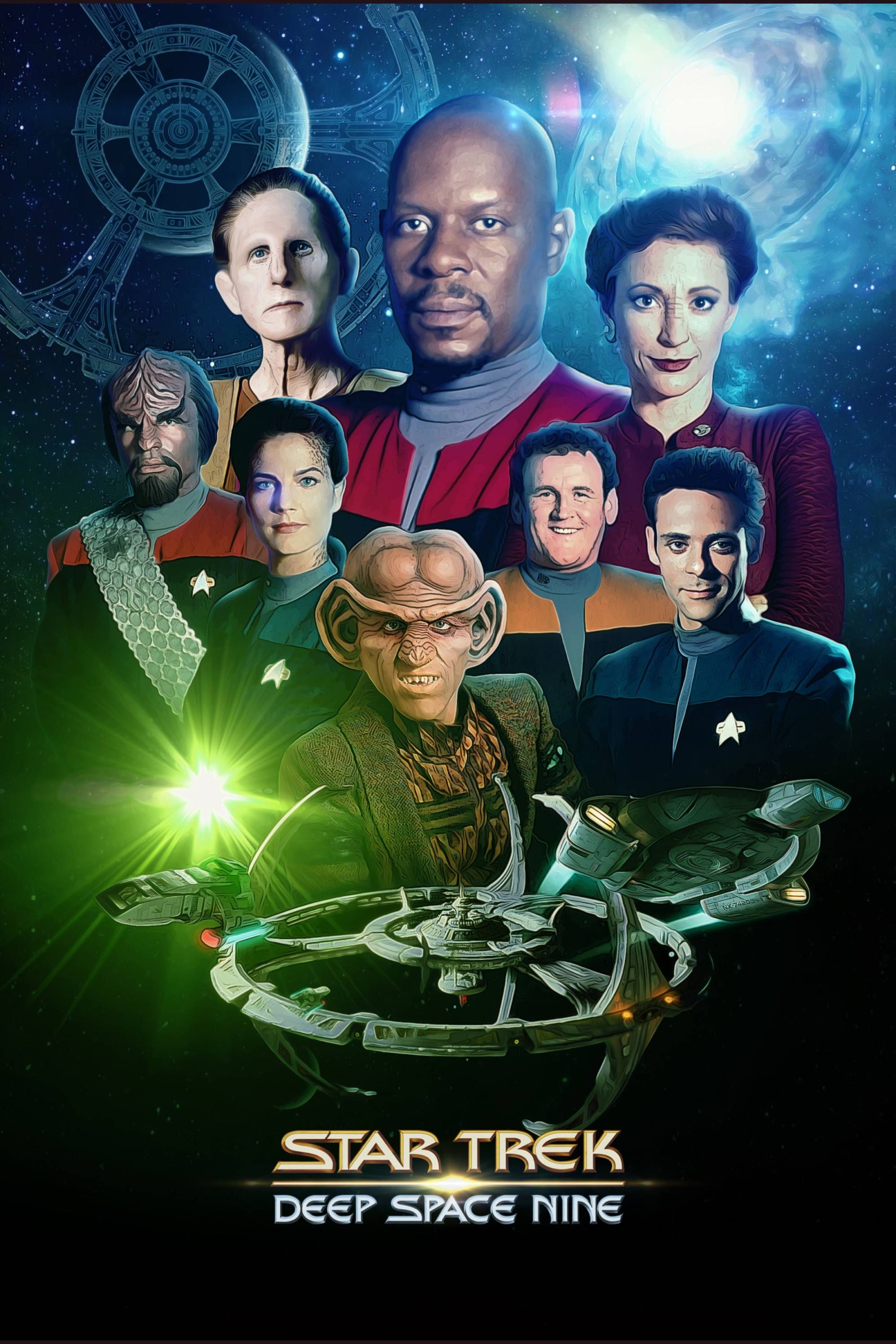
Star Trek: Deep Space Nine
- Release Date
- January 3, 1993
- Creator
- Rick Berman, Michael Piller
- Seasons
- 7
- Number of Episodes
- 176
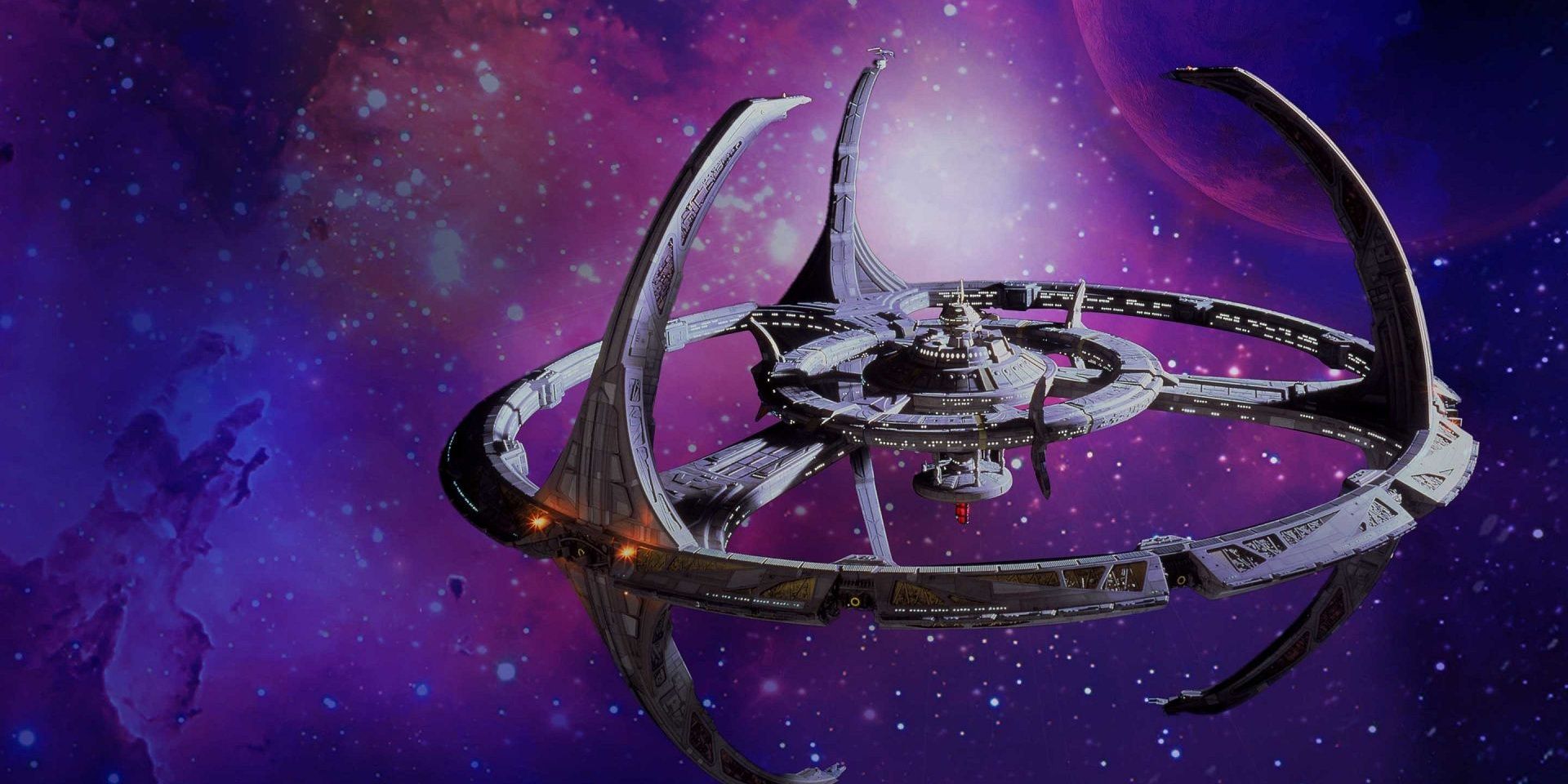
Star Trek: Deep Space Nine's Court Case Episodes, Explained
Here's how Star Trek: Deep Space Nine proved that court case episodes can be just as exciting as the serious ones where lives are on the line!

